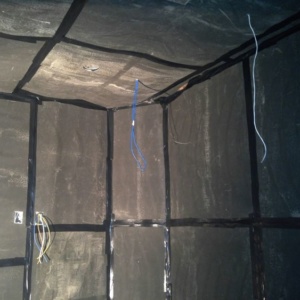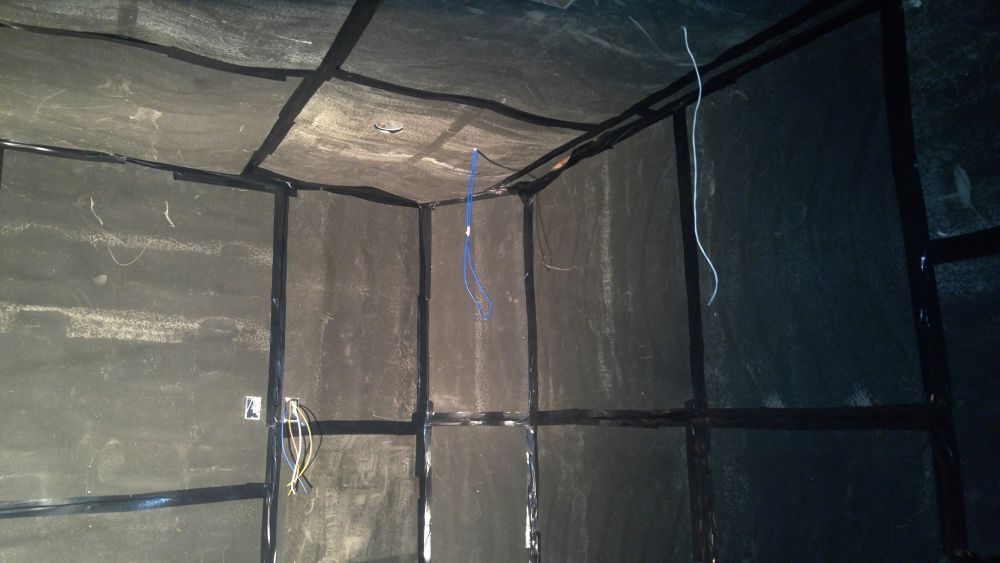Drywall contractors are often tasked with ensuring constructed walls reach or exceed minimum STC values. In order to do this, it may seem simple to add extra layers of drywall and reap the benefits. However, the fallout could mean lost contracts when competitors realize there are much cheaper ways to hit high STC values.
Related: Determining STC Values for your Wall
Also: Use the Soundproofing Calculator to determine your current STC Rating
GC’s are increasingly looking to drywall contractors for ideas on how to save money, or value-engineer, certain partitions. This could include removing unnecessary mineral wool, subbing our resilient channel, or adding soundproofing membrane.
The Good News for Drywallers – Soundproofing is a Specialty Install
And with specialty products and techniques comes a much larger markup. For instance, consider the two following walls:
- Wall 1: STC 50: 25-gauge metal studs at 16″ on center with 2 layers of drywall on each side (assuming 5/8″ drywall for each example). This wall will achieve an of 49.
- Wall 2: STC 52 – 25 gauge metal studs at 16″ on center with 1 layer of drywall on each side, and a single layer of Wall Blokker on one side. This assembly achieves an STC of 52, while removing a layer from the assembly.
Savvy drywall contractors can pitch this cost-saving approach to General Contractors and share in the saved cost. If the total savings is approximately $0.80/sf ($1 per square foot to install each layer of drywall, and $1.20 installed cost for Wall Blokker), then there is significant cost savings to share between the two. Furthermore, there are incredible schedule savings when using Wall Blokker or other types of Mass-Loaded Vinyl.
However, as discussed before, most architects require Wall Blokker due to its UL-compatibility and lab-rated STC testing.
How to Install Soundproofing Membranes
- How to Hang and Tape Mass Loaded Vinyl and Other Soundproofing Products
.
- How to Cut Mass Loaded Vinyl Around Outlets and Obstructions
- Not necessary if the Soundproofing Membrane lands on a stud. Otherwise, tape the seams with Seam Seal or Gorilla Tape commercial alternative



